Instruction
How to hit a fade…according to YouTube, a robot, and GolfWRX members
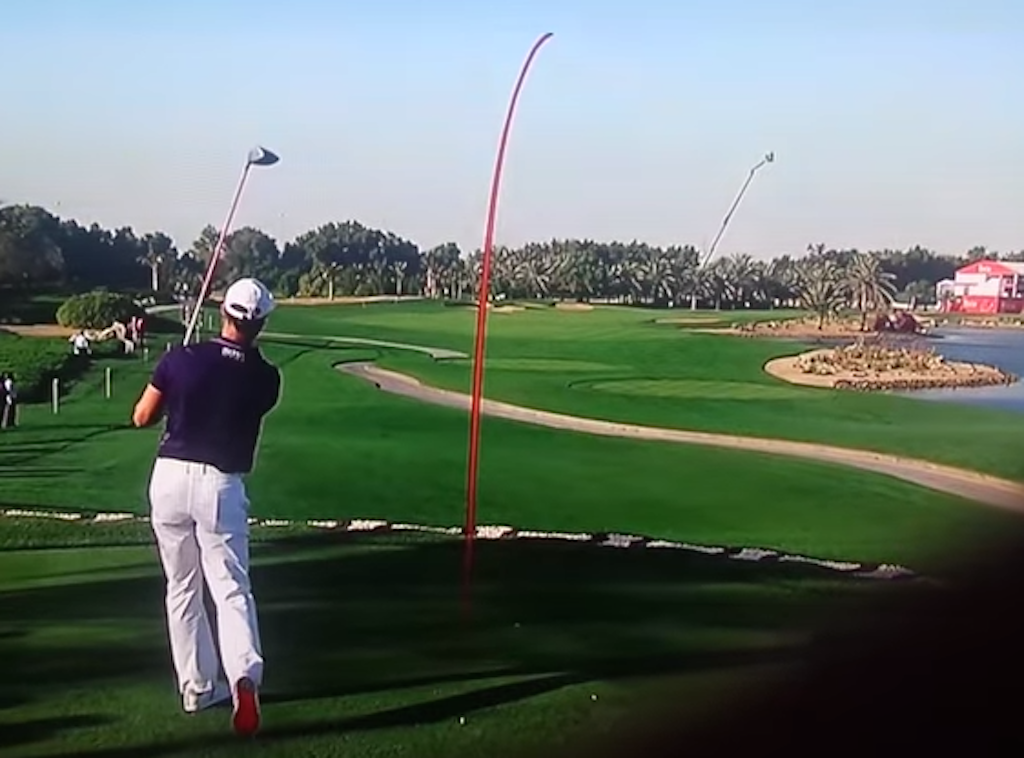
How to hit a fade. At some point, if you aren’t a habitual slicer of the golf ball and are able to hit a draw with regularity, in your quest to become a better golfer, you’re going to want to know how to do this.
Without debating the relative merits of a draw versus a fade, it’s agreed that working the golf ball both ways is key to to scoring, positioning off the tee, and risk minimization. If you’re a golfer who is currently only slinging draws, we have some advice for you on how to hit a fade from three very different sources.
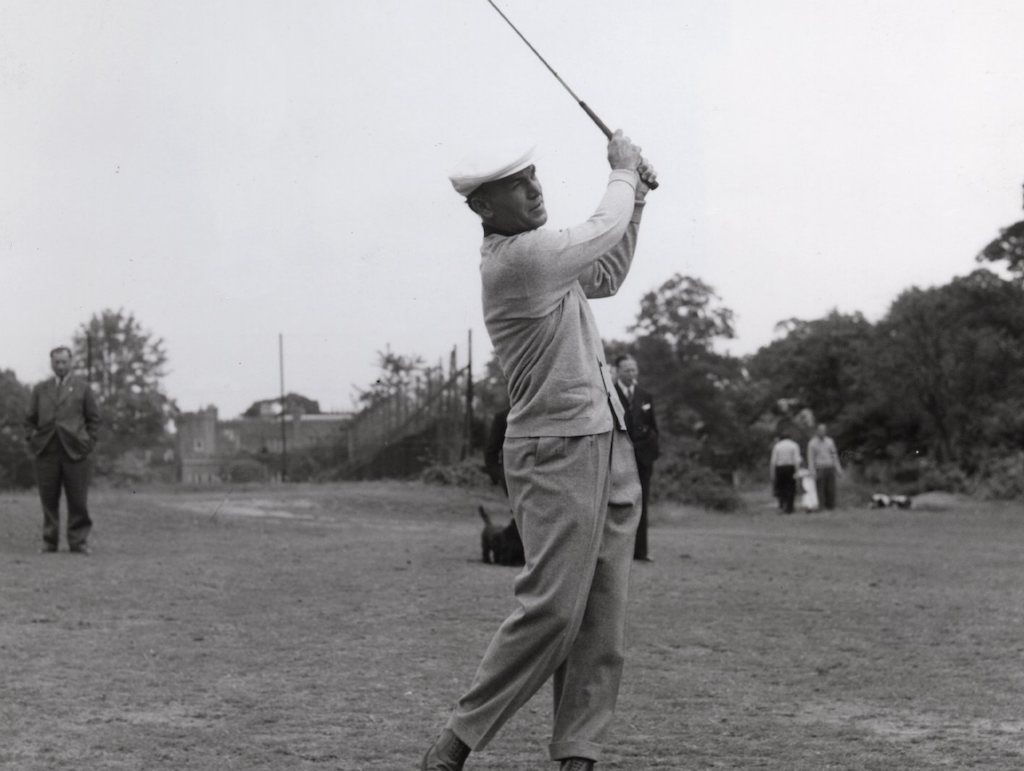
Ben Hogan: A man who knew how to hit a fade
How to hit a fade…
…according to a robot (that is, A.I. language model ChatGPT):
A fade is a type of golf shot that curves gently from left to right (for a right-handed golfer). If you want to know how to hit a fade, follow these steps:
- Set up for the shot: Aim your clubface at the target, but align your feet, hips, and shoulders slightly to the left of the target. This open stance will help promote a left-to-right spin on the ball.
- Grip the club: Hold the club normally, but slightly weaken your grip by turning your hands slightly to the left (again, for a right-handed golfer). This will help you hit the ball with an open clubface.
- Swing the club: On your backswing, keep your clubface square to the target for as long as possible. Then, on your downswing, try to swing slightly from the inside to out, which will help produce the left-to-right spin on the ball. Finally, make sure to follow through towards the target with a high finish.
- Practice: Hitting a consistent fade can take some practice. Spend time on the driving range and experiment with different grip and swing adjustments until you find what works best for you.
Remember, hitting a fade is not about hitting the ball harder, it’s about controlling the spin and direction of the ball. With practice, you can learn to hit a reliable fade that can help you navigate tricky golf course layouts.
Hitting a fade takes practice, and it may take some trial and error to find the right adjustments for your swing. It’s also important to note that a fade is not necessarily the ideal shot shape for every situation, so it’s important to be comfortable with hitting a variety of shots on the golf course.
How to hit a fade…according to the most-watched video on YouTube on the subject
With more than one million views on YouTube, this video from Any and Piers of MeAndMyGolf not only covers hitting a fade but also discussing drawing the golf ball as well as hitting it high and low.
…according to GolfWRXers
And of course, our GolfWRX forum members have opinions on the subject.
The appropriately named PreppySlapCut said: “If the face is open to the path, the ball is going to fade. There’s several adjustments you can make to encourage that to happen, it’s just a question of what feels best for you and allows you to do it most consistently.”
Bladehunter says: “For me just the sensation of taking the club back outside your hands , and then swing left with a face square to target , while turning hard as you can makes for a pretty straight flight that won’t hook. Unless you stall and let your hands pass you.”
“That’s my take as an upright swinger If you’re really flat it’s going to be tough to time up and never have the two way miss Because you’re always coming from the inside and will rely on timing the face open or shut to see a fade or draw . For me it’s just set the face at address and feel like you hold it there until impact”
Dpd5031 says: “Had a pro teach me this. Aim a little left, stance slightly open, still hit it from the inside (just like your draw), but unwind chest hard letting handle follow your rotation so toe never passes heel. He called it a “drawy fade.” Ball takes off almost looking like it’s going to draw, but tumbles over to the right instead of left. Cool thing is ya dont give up any distance doing it this way as opposed to cutting across it.”
Scottbox says: “Jon Rahm is a good example. Watch the hand path of his backswing– his hands are not as “deep” as someone who draws the ball (i.e. Rory). And even though he has a slightly shut face, Rahm rotates his chest and hips very hard. Because there’s less depth to his backswing, the club gets more in front of him at P6. He’s most likely 1-2* outside in at last parallel. Brooks Koepka has a longer swing, but similar, in terms of his hand path– well above the shaft plane going up with less depth to his hands at the top, and slightly above the plane coming down.”
“Most good modern players rotate pretty hard with their hips and chest to stabilize the face, but the difference between those who draw it and those who hit a baby cut is often seen in the way they “engineer” their backswing patterns.”
Check out more of the “how to hit a fade” discussion in the forum thread.
- LIKE15
- LEGIT0
- WOW0
- LOL2
- IDHT0
- FLOP1
- OB0
- SHANK4
Instruction
Kelley: How the concept of a punching motion can change your golf swing
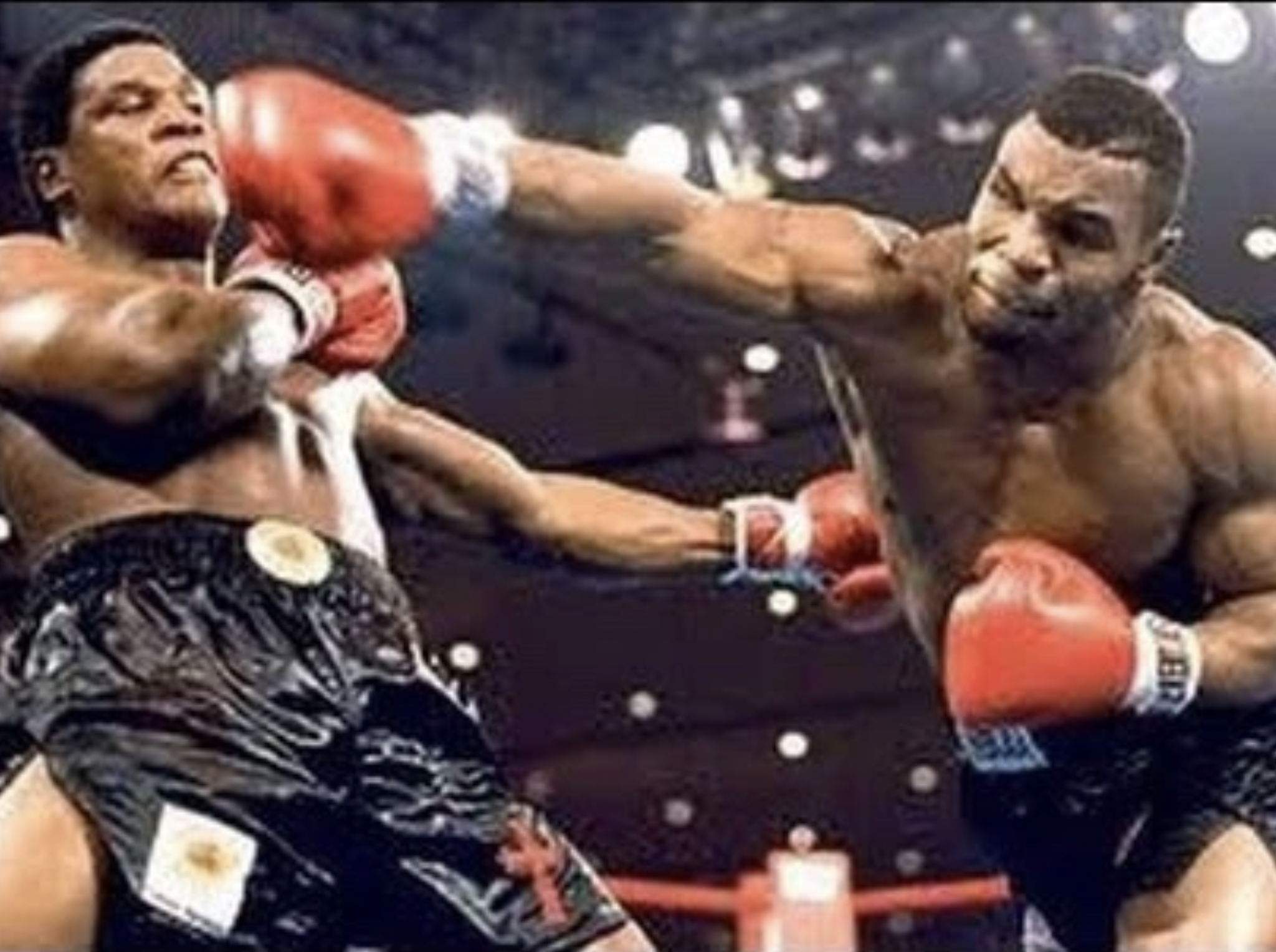
Ever wonder how a simple looking golf swing can produce so much speed and power? The answer may lie in the biomechanics of throwing a punch.
Below is an image of a boxer throwing a right handed hook. Note the direction the body moves to produce maximum force towards the target.
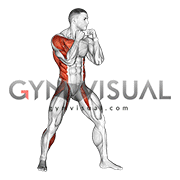
As the boxer pulls back his arm, there is not an excess wind-up or big turn to create power. His body is now geared to go forward and around into the opponent. His body would stay mostly level throughout the motion.
Now lets apply this simple concept to the golf swing. At address, the player would have his upper body and mass positioned behind the ball. In the picture below, note the green line indicting his mass back behind the blue baseline over the ball.
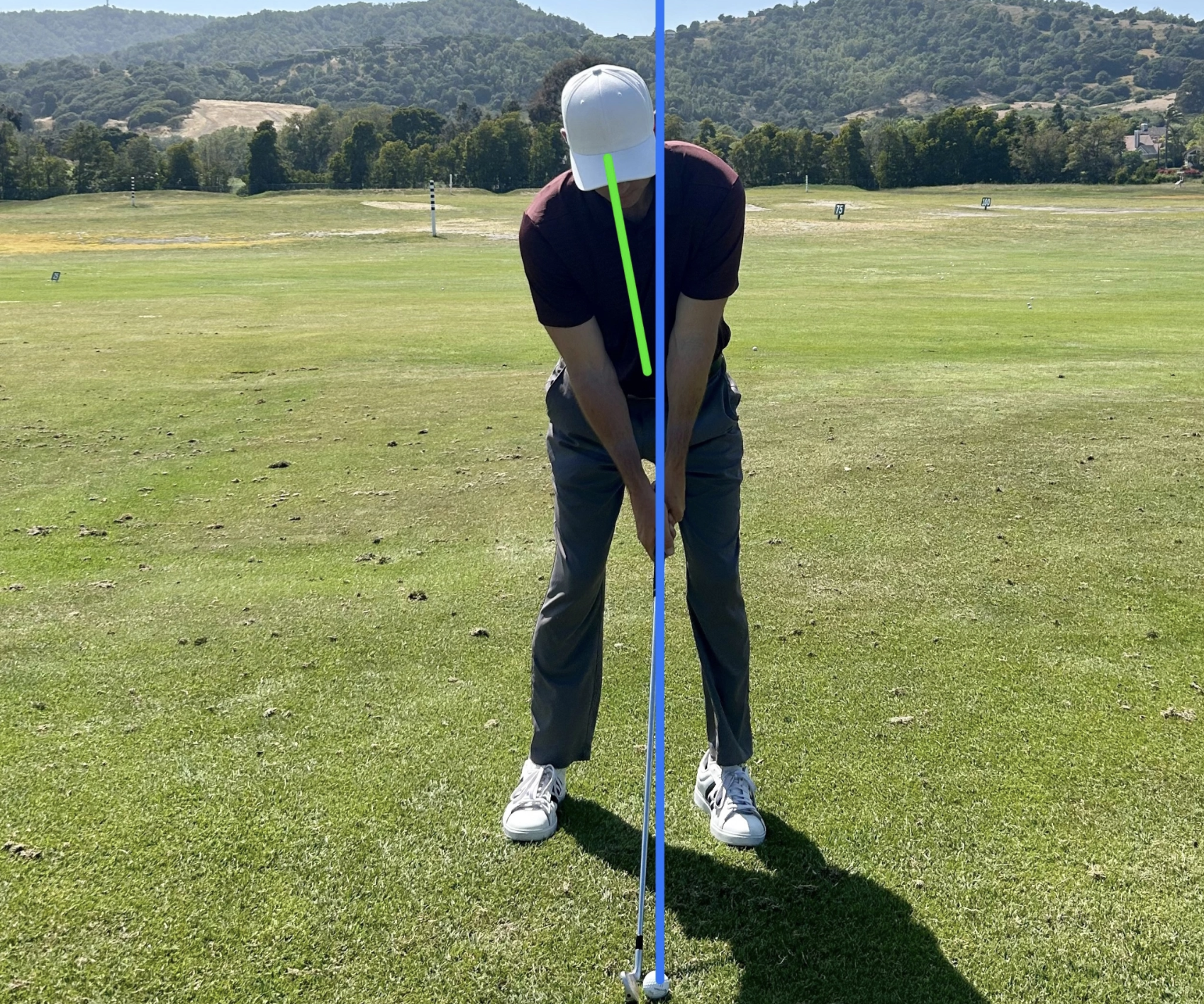
From here, the player can coil around his center, much like a boxer positioned ready to punch.

Now the body can go forward and around towards the target, pulled by the arms. Note the body finishing ahead of the blue baseline.

A body that has a lot of left side bend or “tilt” in the backswing, will naturally counterbalance in the downswing. This will often result with the upper body falling back in the downswing. (Pictured below)
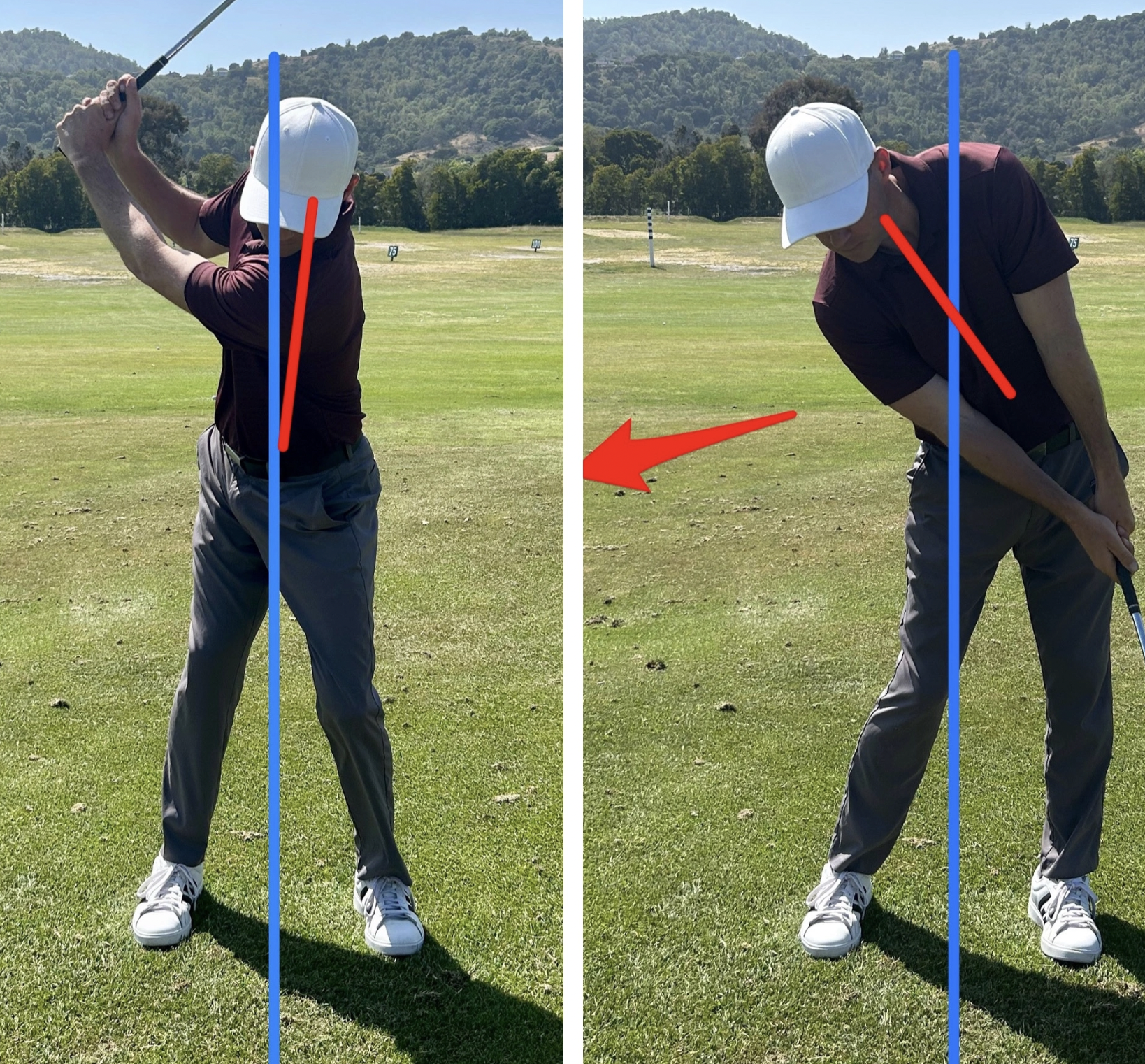
The pattern above would equivalent to attempting to punch forward with your arm while your body is moving backwards. Next time you are looking to make a swing change, first check the movement of your body, and see if it is as simple as boxer throwing a powerful punch.
Twitter: KKelley_golf
- LIKE23
- LEGIT7
- WOW0
- LOL0
- IDHT2
- FLOP0
- OB0
- SHANK7
Instruction
How to set up to the golf ball: Why grip, grip pressure, and posture are crucial
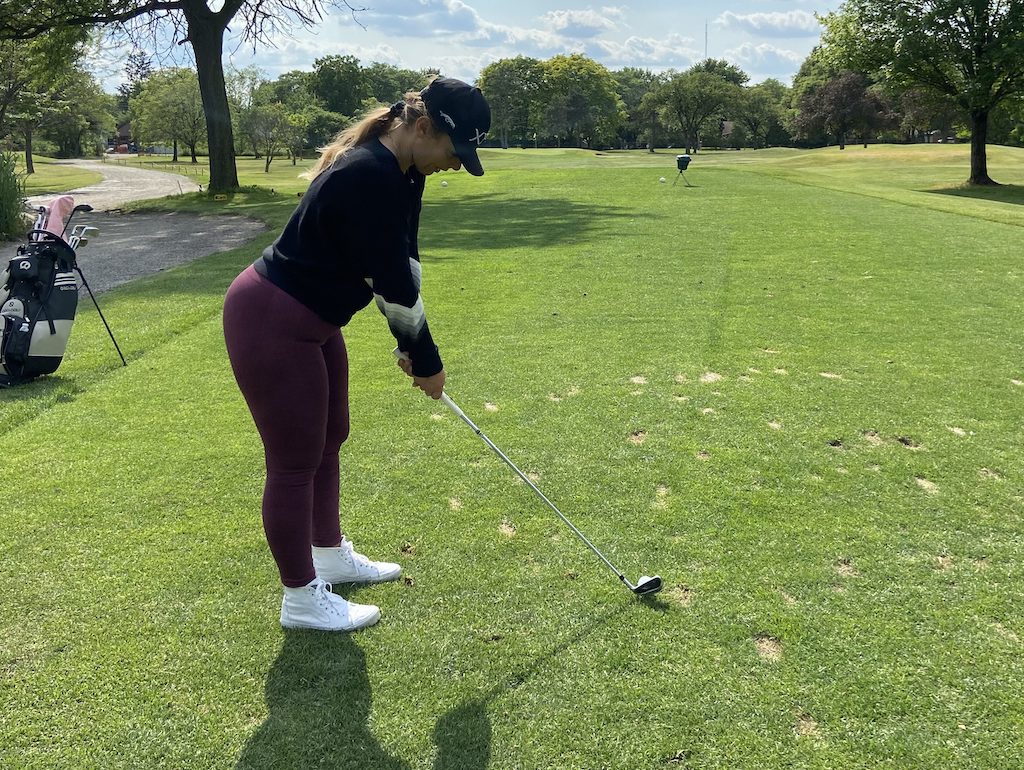
When we are playing a round or hitting balls on the range over a long period of time, we tend to grip the club tighter, stand up, and quickly lose the ability to maintain posture during the golf swing.
As players, with the spine angle out of posture, we overcompensate in many ways. The first thing that many players do poorly, as a result of poor posture, is grip tighter and stiffen the arms. These are the two biggest culprits that will inhibit consistency and any innate ability to set up well and brush the grass. Gripping tighter also leads to poor use of the body’s bigger muscles ie. the core. The spine angle in good posture will activate the core regions and enhance the body’s ability to coil, thus allowing the transfer of weight from the trail to the lead side.
In the quest to better ball striking, our first priority is understanding the importance of grip strength and grip pressure. Our second priority is posture and always initiating the proper spine angle by bowing forward from the hip (pelvic tilt) and letting the arms hang. After positioning the spine angle, check the body’s alignment )ie. shoulders, hips, knees, and feet) by positioning them parallel to the target line. This process composes the beloved and all-important set up.
How to set up to the golf ball: The basics
Our ability to set up and control grip pressure is the source of our ability to play well and consistently over time.


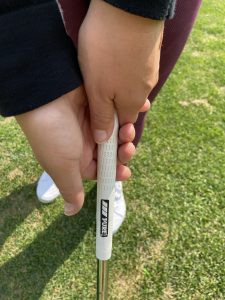
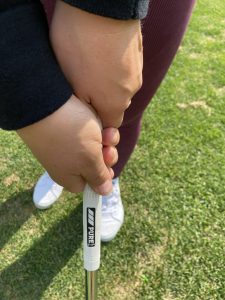
The first essential step is setting the grip in the lead hand
The main pressure points to focus on in gripping with the lead hand are, first and foremost, in the initial placement of the club’s grip in the fingers and allowing the top of the grip to rest on the palms pad. The first pressure point is in the lead pointer finger behind the shaft and the second pressure point is when we let the club rest on the palm’s pad. The lead thumb is the third pressure point. Proper grip strength is determined by trial and error swings.
As we grip the club in the trail hand, it is important to grip lightly and in the fingers with the right thumb pad placed on top the left side of the grip. For reference, there are markings on all golf gloves to help each player understand where their grip should be placed.
The essential second step is bowing from the hips to create the spine angle
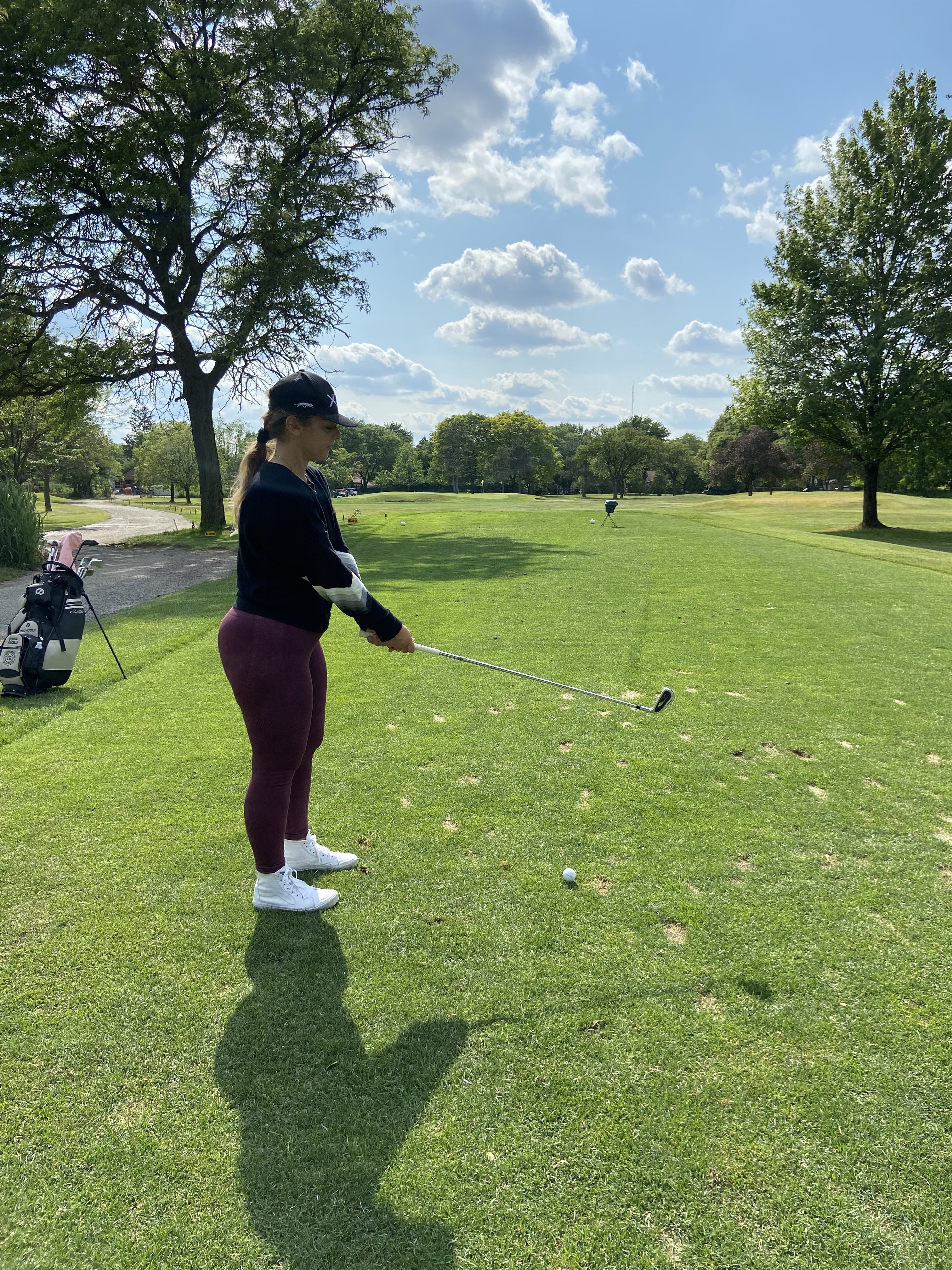

As we bow, the focus is to aim the leading edge perpendicular to the target line. Looking at the first groove of the club (if it is an iron) can help the eyes focus on this step. A lot of mistakes happen when our eyes start looking around while we do this instead of focusing on an intermediate target and using our eyes to line up the leading edge to that point. Being thoughtful in this process is key and just try to make sure the club isn’t wiggling around.
In the bow, with our shoulders just over the toes, we can see if the club is resting in good relationship to the body. Understanding the distance our body should be to the club is huge. This alone can make or break our ability to strike the ball well. Keeping one hand width from our body to the club is a general rule of thumb throughout the entire bag. The space in which we stand to the club shouldn’t change. What changes is the length of the club in our hands.
These components culminate the very first steps we take to hit a shot. This is the essence of set up, which generates our best chances to develop consistent shot patterns to the target. As a result of properly managing these components, we can begin to maintain accuracy and easily repeat our movement patterns to get the ball close to the target. We can also begin to self-correct our misses if we are accountable with these steps.
Foot width and ball position
Lastly, in the set up we step our feet to the ball’s position and generally maintain a stance that is approximately shoulder width. After gripping and bowing the next thing a player needs to do is step to the ball position. This will impact the club’s ability to generate loft, also depending on the chosen club. Generally, a driver ball position is forward in the stance. The mid-iron ball position is mid stance and most full-swing wedges are played just back of center with a more narrow stance. Taking the time to better understand the components of set up and ball position will generate 100 percent of our success to better ball striking.
A final word
Take some videos of yourself and look at the body from head to toe. Is your setup in a ‘Z’ or ‘S’ formation? Where is your weight in your shoes? Heels, mid-shoe, or toes? Does your setup look like an ‘H’or ‘C’? Is your weight too far in the heels or toes? In my experience, it is easier to maintain posture in the golf swing and overall athleticism by keeping the stance’s pressure points more forward in the mid-shoe to the toes. This enhances the pelvic tilt and the arms’ ability to hang. Therefore, posture throughout the swing improves and we are less likely to grip so tight.
Any questions? Book a lesson with LPGA instructor Donna Fiscelli through her booking site.
- LIKE37
- LEGIT8
- WOW2
- LOL1
- IDHT0
- FLOP0
- OB0
- SHANK8
Instruction
Clement: Snap that driver for 300-yard drives!

PGA Tour Coach and Golf Channel Academy instructor, Shawn Clement, shows you how insanely adapt your arm anatomy is to get consistent releases when you allow it to happen in the direction you want the ball to start!
- LIKE4
- LEGIT1
- WOW0
- LOL1
- IDHT0
- FLOP1
- OB1
- SHANK7
-

 19th Hole2 weeks ago
19th Hole2 weeks agoTiger Woods delivered stinging message to major winner after denying him lift on private jet
-

 Whats in the Bag2 weeks ago
Whats in the Bag2 weeks agoSeamus Power WITB 2023 (June)
-

 Whats in the Bag3 weeks ago
Whats in the Bag3 weeks agoOmar Morales WITB 2023 (June)
-

 Whats in the Bag3 weeks ago
Whats in the Bag3 weeks agoBlayne Barber WITB 2023 (June)
-

 Whats in the Bag3 weeks ago
Whats in the Bag3 weeks agoBen Carr WITB 2023 (June)
-

 Whats in the Bag2 weeks ago
Whats in the Bag2 weeks agoTom Hoge WITB 2023 (June)
-

 19th Hole3 weeks ago
19th Hole3 weeks agoJournalist alleges this is the ‘unforgivable’ act Phil Mickelson committed against Pat Perez and his wife
-
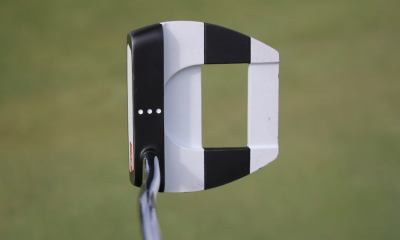
 News2 weeks ago
News2 weeks agoKeegan Bradley’s winning WITB: 2023 Travelers Championship













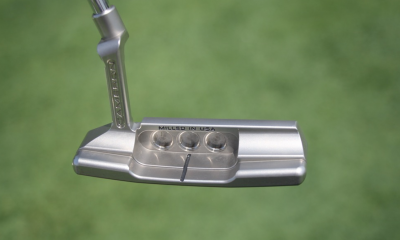





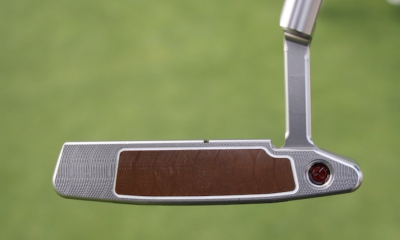

J
Mar 16, 2023 at 2:52 pm
Just copy the newbie hack on the range